Commentary
The People’s Liberation Army (PLA) is engaged in a decades-long, concerted effort to modernize and upgrade its capabilities. Most recently, the Chinese Communist Party (CCP) has laid out a nearly 30-year-long agenda for the development of the PLA.
In the first place, Xi Jinping and the CCP
want the PLA to be a “fully modernized” military by 2027, the hundredth anniversary of its founding. The PLA is expected to achieve both “mechanization and informatization.” This entails upgrading existing military equipment and introducing new types of conventional weapons, together with a longer-term transformation of the PLA along the lines of “informationization”—that is, harnessing the information technologies-based “revolution in military affairs” (RMA).
By 2035, the PLA expects to achieve “complete military modernization.” According to the U.S. Defense Department, this means comprehensively advancing “the modernization of military theory, organizational structure, military personnel, and weaponry and equipment in step with the [overall] modernization of the country.” (
pdf)
In particular, this phase entails moving from “informationized warfare” to the next level of military modernization, which the PLA and the CCP have termed “intelligentized warfare.” Intelligentized warfare essentially entails the PLA’s weaponization of such cutting-edge technologies as artificial intelligence in order to gain a predominant technological advantage over its rivals, particularly the U.S. military, according to the regime’s plans.
Consequently, by 2049—the centenary of the founding of the People’s Republic—the PLA is to be transformed into a “world-class” military, capable of fighting and winning future intelligentized wars. (
pdf)
In support of this ambitious agenda, the Chinese defense industrial base has extensively expanded and modernized, bankrolled by generous increases in military expenditures over the past 20 years or more.
Since the beginning of the 21st century, China’s arms industry has churned out an increasingly impressive array of modern armaments, including state-of-the-art destroyers and cruisers, new types of submarines (both nuclear and conventionally powered), all manner of advanced missile systems, improved tanks and armored vehicles, and so on. Many of these weapons systems are competitive with their Western counterparts.
Perhaps no segment of the Chinese defense industry has witnessed more progress than its aerospace sector, particularly when it comes to combat aircraft. Not too long ago, the Chinese fighter jet industry was notorious for its poor quality and obsolete products. Its “best” fighter jets were the J-7 and the J-8II; the former was a clone of the Soviet-designed MiG-21—a plane that first flew in the 1950s—while the J-8II was a problem-plagued indigenous project so bad that the PLA never fully embraced it.
Things began to turn around in the first years of the 21st century. Around this same time, China began manufacturing its first indigenous “fourth-generation” combat aircraft, the J-10. The J-10 is a highly agile fighter jet roughly in the same class as a late-model F-16. It features a fly-by-wire flight control system, an advanced radar, and a glass cockpit featuring several liquid-crystal multifunction displays. The J-10 first flew in 1997 and went into production in the early 2000s. Upwards to 500
J-10s have been so far delivered to the PLA Air Force (PLAAF), at a rate of about 30 aircraft a year.
In addition, China has two “fifth-generation” combat aircraft programs—the J-20 and the J-31—currently in the works. The J-20 first flew in January 2011, and the J-31 followed suit in October 2012. The J-20 is already in low-rate production for the PLAAF. Meanwhile, the J-31 was recently spotted at a naval aviation training facility in Wuhan, driving speculation that it may be the PLA Navy’s next-generation carrier-based fighter jet.
At the same time, China’s modern fighter jet programs remain cloaked in mystery—and even deceit. It is believed, for instance, that the J-20 and J-31 have benefitted heavily from industrial espionage aimed at foreign fighter programs, particularly the F-35 Joint Strike Fighter. At the same time, the actual details surrounding both the J-20 and J-31—how stealthy they are, how advanced is their radar and other avionics, what kind of sophisticated weaponry do they carry, etc.—remains sketchy. Consequently, one should be skeptical as to how much these planes are true fifth-generation fighters.
For its part, the
J-10 experienced a troubled and protracted development process, and rumors abounded that it depended on considerable amounts of Israeli technical assistance. Other so-called “Chinese” combat aircraft—the J-11B, J-15, and J-16—are mostly reverse-engineered versions of extant Russian fighter jets, such as the Su-27 and Su-30.
Consequently, nearly modern Chinese fighter jet is based on stolen or copied technology. Even then, the Chinese aerospace sector has witness significant technological snags. Most critically, perhaps, it has been unable to produce a reliable and powerful enough turbofan engine. Its current workhorse engine, the WS-10,
has suffered long teething problems. Even so, according to a recent Business Insider article, the WS-10 can barely operate 30 hours before failing.
As a result, most Chinese fighters
continue to rely on Russian-built engines. Even then, Russia has been reluctant to export its best jet engines, knowing that China will try to reverse-engineer them.
Nevertheless, even with a continuing dependency on Russian-supplied jet engines, the Chinese aerospace industry—and by extension, the PLAAF—have made remarkable progress over the past two decades. In particular, the J-20 and J-31 programs demonstrate China’s ambitions—and the aggressive steps it is prepared to take—to claw its way up into the vanguard of advanced fighter-jet producers.
Overall, the PLAAF is increasingly a service dominated by fourth- and fifth-generation fighters, and this has made it a much greater force to be reckoned with. According to
China’s 2019 defense white paper, the PLAAF is “accelerating the transition … from territorial air defense” to more offensive operations. It is conducting force-projection combat patrols in in areas where it did not previously operate, particularly in the South and East China Seas and into the western Pacific. Together with an increasingly modernized and capable PLA Navy, the PLAAF is advancing toward meeting the CCP’s and PLA’s joint goal of creating a “world-class” Chinese military by the middle of the century.
Richard A. Bitzinger is an independent international security analyst. He was previously a senior fellow with the Military Transformations Program at the S. Rajaratnam School of International Studies (RSIS) in Singapore, and he has held jobs in the U.S. government and at various think tanks. His research focuses on security and defense issues relating to the Asia-Pacific region, including the rise of China as a military power, and military modernization and arms proliferation in the region.
Views expressed in this article are opinions of the author and do not necessarily reflect the views of The Epoch Times.
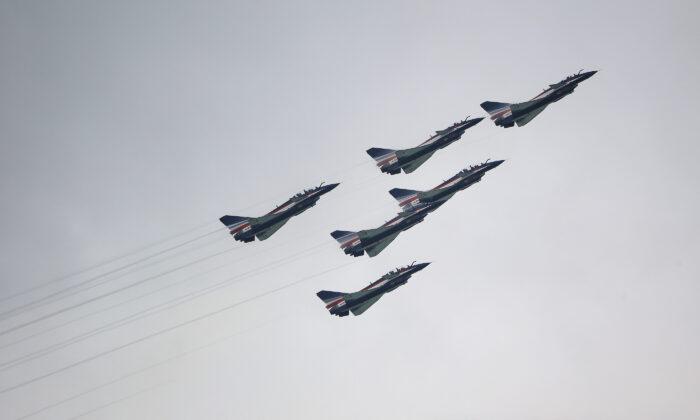

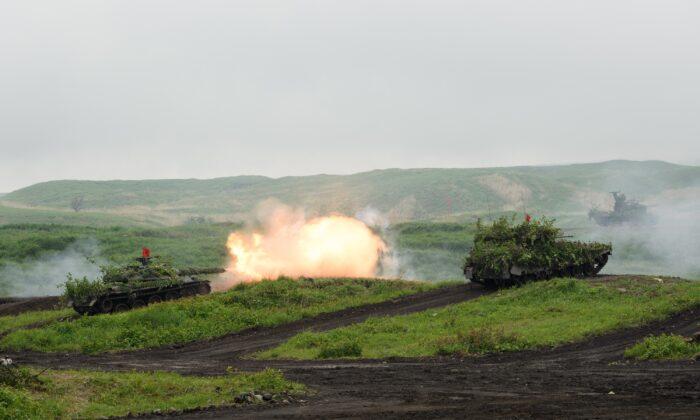
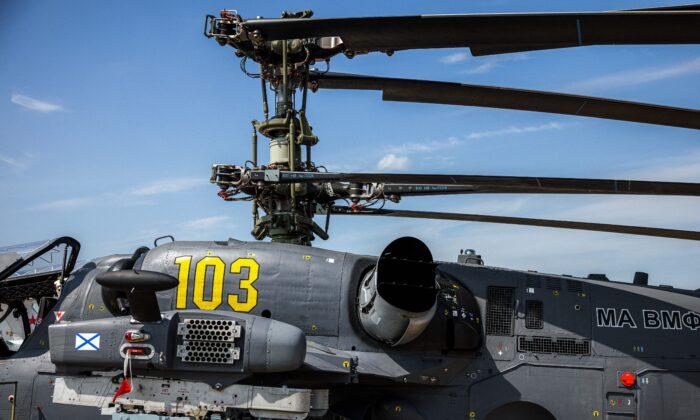
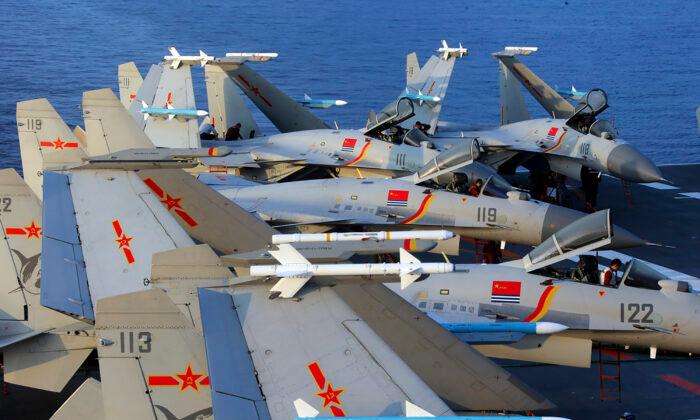
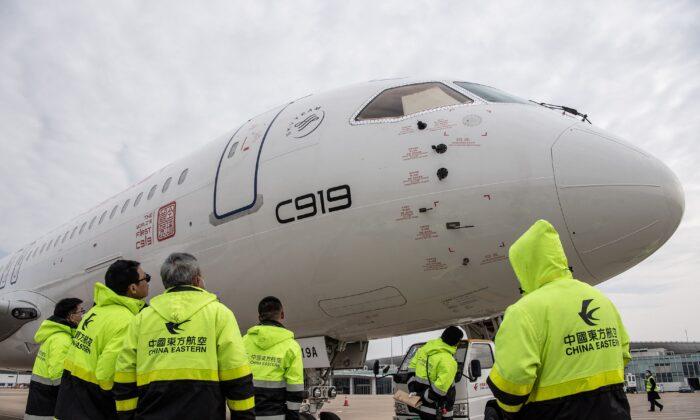
Friends Read Free